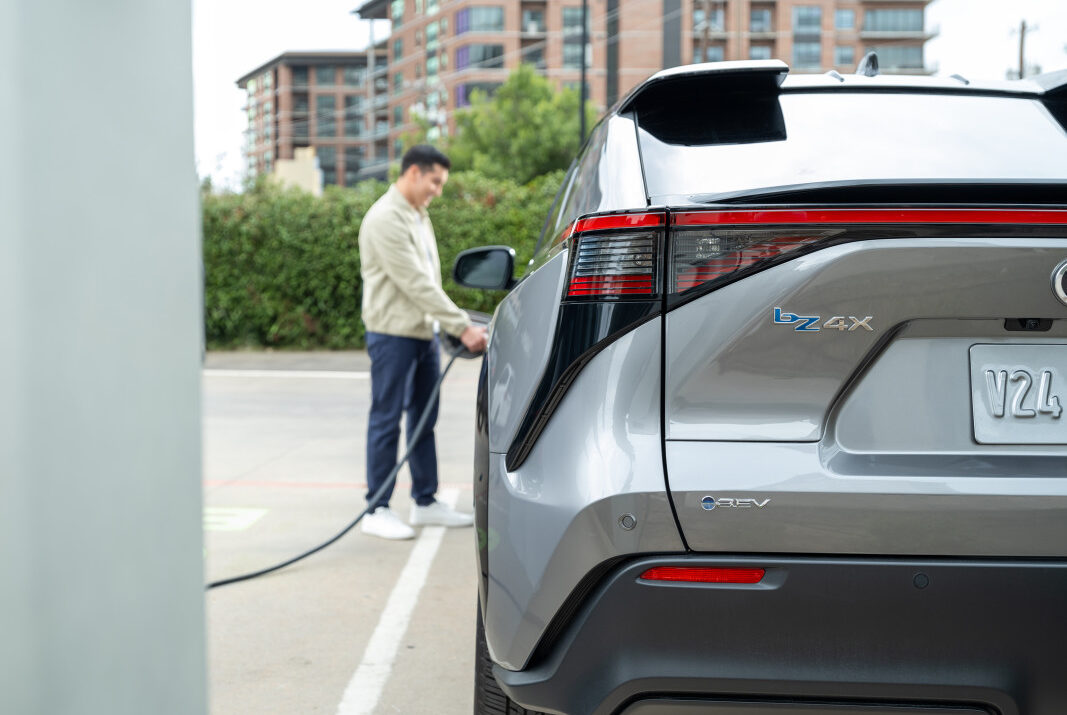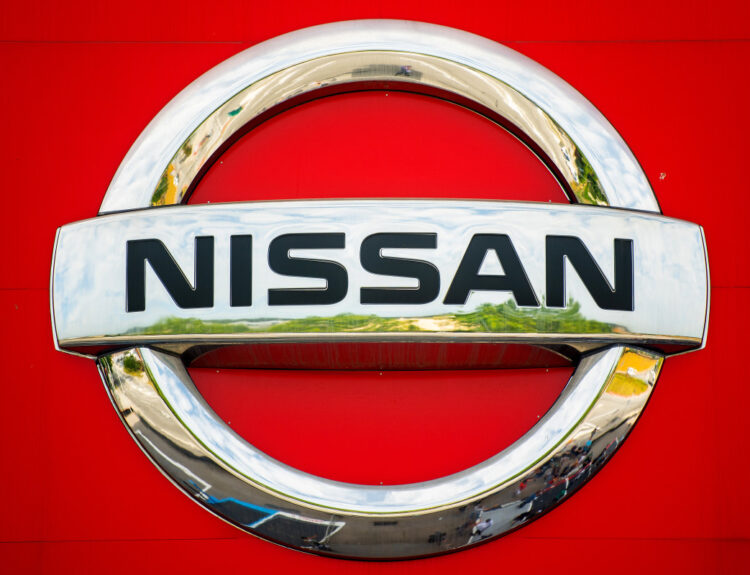
Image Credit: Autoblog
In a decisive move to bolster the sustainability of electric vehicles (EVs), Toyota has secured a substantial federal grant of $4.5 million from the U.S. Department of Energy’s Advanced Research Projects Agency-Energy (ARPA-E). This funding, earmarked through the department’s CIRCULAR program, aims to foster innovative technologies essential for developing a domestic circular supply chain for EV batteries.
Transforming Battery Recycling Initiatives
The grant will underwrite Toyota Engineering & Manufacturing North America’s (TEMA) initiative to create an automated system designed to disassemble and recycle batteries. Spearheaded by the Toyota Research Institute of North America (TRINA), this ambitious project collaborates with prominent institutions, including the Oak Ridge National Laboratory, the National Renewable Energy Laboratory, and Waygate Technologies.
At Lithion’s plant in Montreal, Quebec, rare minerals recovered from recycled lithium-ion batteries underscore the importance of this endeavor. Photo by Mathiew Leiser/Getty Images
Central to this project is the goal of addressing pivotal challenges in battery recycling, such as the automation of battery disassembly, the categorization of battery components based on their condition, and the repurposing of degraded cells. Through the introduction of advanced tools like robotic disassembly systems and diagnostic protocols, Toyota seeks to enhance the lifespan of EV batteries, curtail waste, and conserve invaluable resources.
“This initiative will serve as a beacon for rethinking battery circularity, emphasizing the importance of prolonging battery life, promoting reuse, and minimising waste,” remarked Nik Singh, principal scientist at TRINA.
Federal Investment in Electric Vehicle Innovation
Toyota’s grant comes at a time when the U.S. government is intensifying its commitment to fortifying the domestic EV landscape. Earlier this month, Ford secured a historic $9.63 billion federal loan aimed at its BlueOval SK battery facilities in Kentucky and Tennessee, which are projected to yield over 120 gigawatt hours of battery capacity annually, significantly enhancing Ford’s EV output.
The BlueOval SK manufacturing facility in Stanton, Tennessee, illustrates the scale of investment in battery production. Photo by Bloomberg/Getty Images
In parallel, Rivian has obtained $6.6 billion to launch a previously delayed plant in Georgia, and Stellantis is collaborating with Samsung SDI on a $7.54 billion battery manufacturing venture in Indiana. This strategic initiative underscores the Biden administration’s vision of cultivating a robust EV infrastructure that diminishes dependence on foreign imports and positions the United States as a frontrunner in clean energy technologies.
The Implications for EV Sustainability
Toyota’s strategic pursuit of a circular battery supply chain has the potential to substantially lessen the environmental impact inherent in EV manufacturing. By refining processes for reusing and restoring battery components, the automaker aims to reduce emissions tied to production and disposal.
“By increasing the lifespan of battery components, we significantly lower their total emissions per mile, which is critical for the role EVs play in the global energy transition,” stated Marm Dixit, a research fellow at the Oak Ridge National Laboratory, which is forging a partnership with Toyota on this project.
Looking Ahead
Despite the robust support from federal funding, several challenges remain on the horizon. Automakers must negotiate a complex political landscape, particularly regarding the potential rollback of EV incentives that could arise with a new administration. The competitive landscape within the EV sector is also rapidly evolving, with both established manufacturers and emerging players intensifying their production efforts.
Toyota’s grant underscores a pivotal advancement in the broader narrative of America’s shift toward a sustainable electric vehicle future. By focusing on innovation in battery recycling, the company is paving the way for a more resilient and environmentally friendly supply chain.
Source:www.autoblog.com






